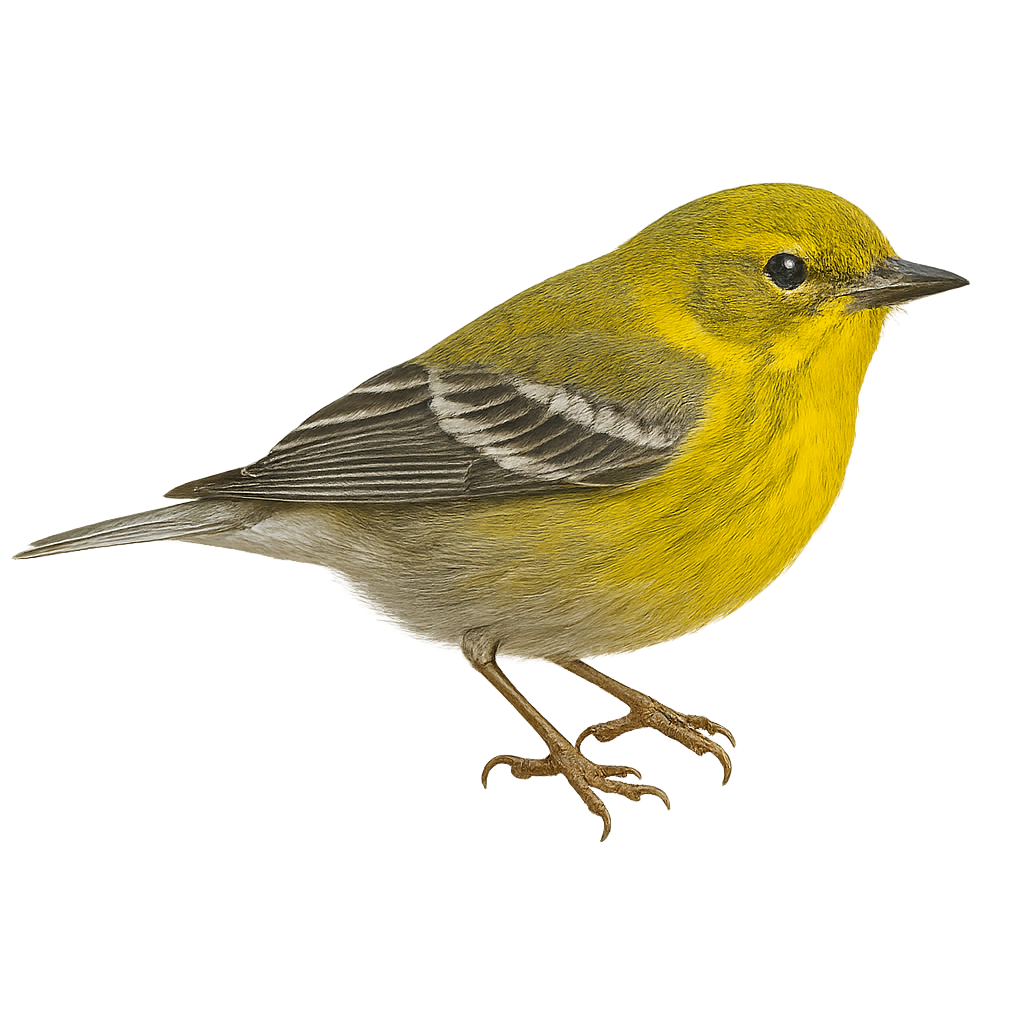Your wildlife photography guide.
Explore the pine warbler in detail, study its behavior, prepare your shots.
Where to observe and photograph the pine warbler in the wild
Learn where and when to spot the pine warbler in the wild, how to identify the species based on distinctive features, and what natural environments it inhabits. The WildlifePhotographer app offers tailored photography tips that reflect the pine warbler’s behavior, helping you capture better wildlife images. Explore the full species profile for key information including description, habitat, active periods, and approach techniques.
Pine Warbler
Scientific name: Setophaga pinus

IUCN Status: Least Concern
Family: PARULIDAE
Group: Birds
Sensitivity to human approach: Suspicious
Minimum approach distance: 5 m
Courtship display: May to June
Incubation: 10-13 jours
Hatchings: May to July
Habitat:
pine forests, mixed woods, open wooded areas
Activity period :
Primarily active during the day, with peak activity in the morning and late afternoon.
Identification and description:
The Pine Warbler (Setophaga pinus) is a small songbird belonging to the Parulidae family, commonly found in pine forests across North America. It measures about 14 cm in length and weighs between 9 and 15 grams. Its plumage is primarily olive-green with yellowish tones on the chest and belly, and its wings feature two distinct white bars. Males and females are similar, though males are often more vibrant. The Pine Warbler is known for its melodious and repetitive song, often heard before it is seen. It primarily feeds on insects but also consumes seeds and berries, especially in winter.
Recommended lens:
400 mm – adjust based on distance, desired framing (portrait or habitat), and approach conditions.
Photography tips:
To photograph the Pine Warbler, it's advisable to use a telephoto lens of at least 400mm to capture detailed images without disturbing the bird. Look for areas where pine trees are dense, as these birds prefer such habitats. Be patient and listen for their distinctive song to locate their position. Morning or late afternoon light is ideal for capturing shots with beautiful natural lighting. Use a fast shutter speed to freeze the movement of these active birds.
The WildlifePhotographer App is coming soon!
Be the first to explore the best nature spots, track rutting seasons, log your observations, and observe more wildlife.
Already 1 450 wildlife lovers subscribed worldwide

